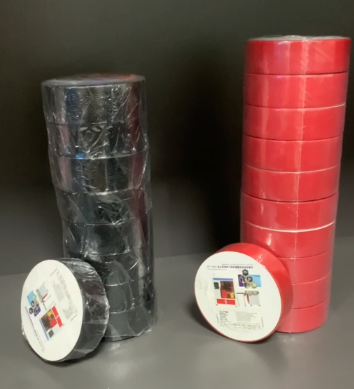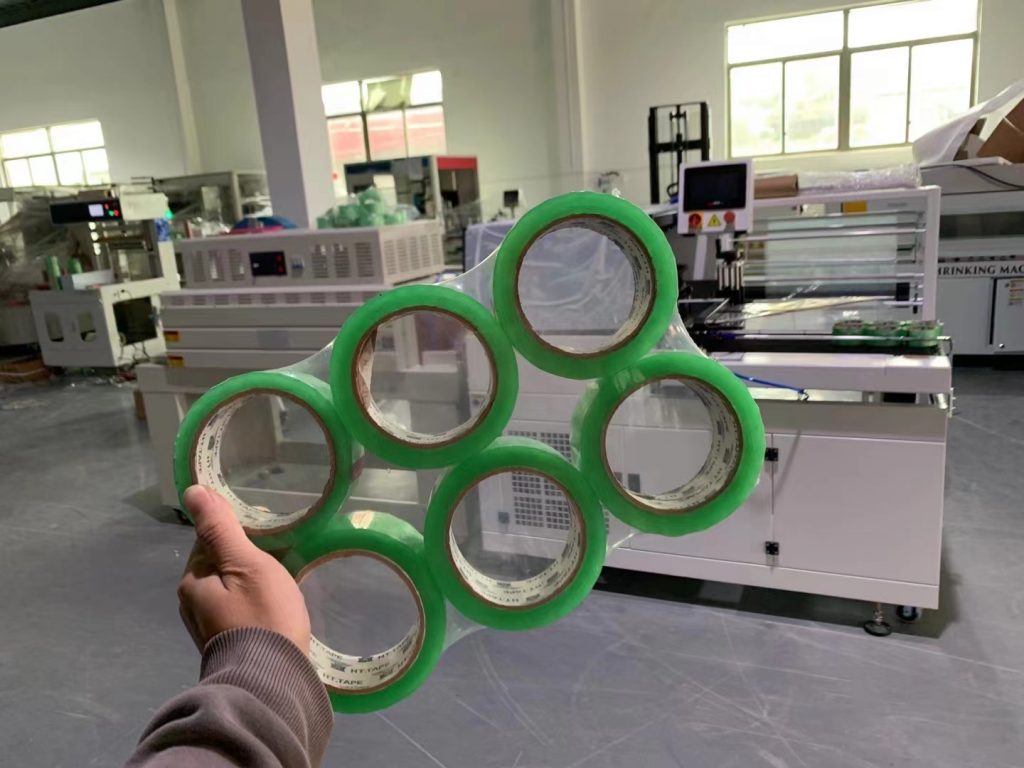
- Material: Packaging tape is usually made from polypropylene or PVC. Polypropylene tape is more common as it’s durable, resistant to tearing, and has good adhesive properties. PVC tape tends to be stronger and more resistant to temperature fluctuations.
- Adhesive: The adhesive on packaging tape can vary in strength. Acrylic adhesives are common because they offer a good balance between adhesion and longevity. Hot melt adhesives provide stronger initial adhesion, making them suitable for heavy-duty applications.
- Width and Length: Packaging tape comes in various widths ranging from narrow (e.g., 1 inch) to wide (e.g., 3 inches). The length of the tape roll can vary as well, with standard sizes typically ranging from 50 to 110 yards.
- Color: While clear packaging tape is the most common, it’s also available in other colors such as tan, white, and brown. Colored tape can be useful for coding or branding purposes.
- Dispenser Compatibility: Some packaging tapes are designed for specific types of dispensers, such as handheld tape guns or tabletop dispensers. Make sure to check compatibility if you’re using a dispenser.
- Special Features: There are specialized packaging tapes available for specific applications, such as:
- Reinforced tape: Includes embedded fibers for added strength.
- Water-activated tape: Requires moisture to activate the adhesive, providing a strong seal.
- Double-sided tape: Adhesive on both sides for mounting or bonding applications.
- Branding: Custom printed packaging tape with logos or messages can enhance brand visibility and provide tamper-evident security.
When choosing packaging tape, consider factors such as the weight and nature of the items being packaged, environmental conditions during shipping or storage, and any special requirements such as tamper resistance or branding.

